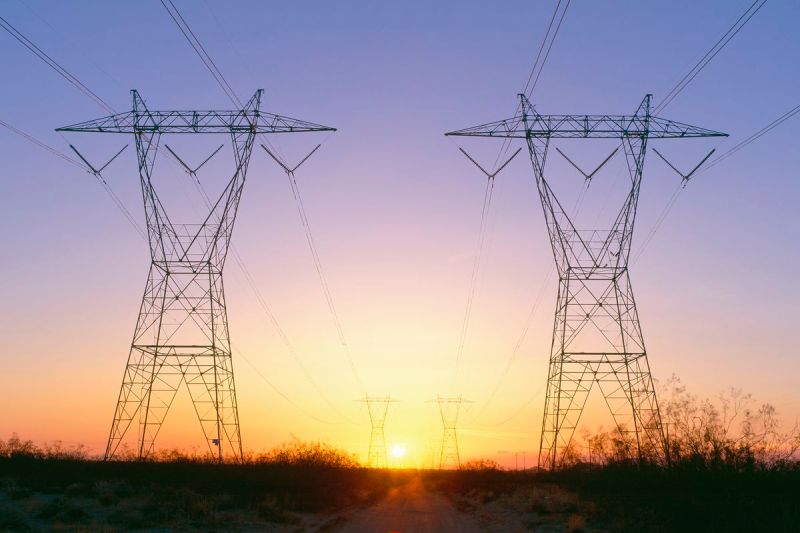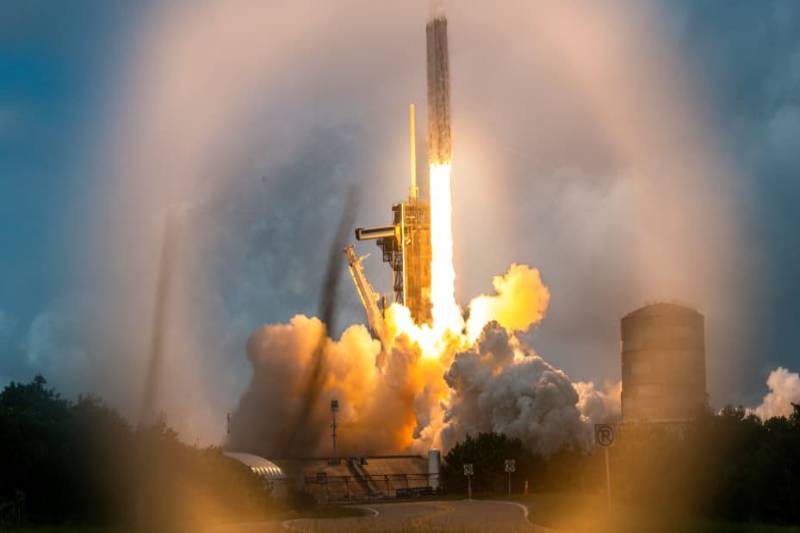The IEA’s Pioneering Study Reveals the Need to Upgrade and Expand Global Electricity Grids to Support Clean Energy Transition.
A groundbreaking study by the International Energy Agency (IEA) highlights the necessity of improving and expanding the entire worldwide electricity grid to facilitate the transition to clean energy.
Electricity grids and the clean energy transition: In its recently released report, titled “Electricity Grids and Secure Energy Transitions,” the IEA asserts that the world must enhance or reconstruct 80 million kilometers (50 million miles) of grids by 2040 to meet the rising demand for clean energy and to remain aligned with climate change objectives.
The IEA’s report vividly illustrates the enormous undertaking that lies ahead. To fulfill national climate and energy targets, countries across the globe will have to essentially recreate the entire global grid in under two decades while also instituting significant modifications to how grids are operated and regulated.
The report identifies a growing backlog of clean energy projects awaiting grid connection, with a substantial 1,500 gigawatts in advanced development stages. This amount is five times greater than the solar and wind capacity added worldwide last year. These bottlenecks not only hinder the transition to clean energy but also pose a substantial threat to achieving the goals of the Paris Agreement.
The IEA report proposes several strategic actions that could have a substantial positive impact. These actions include bolstering grid interconnections within and between countries to accommodate a larger proportion of solar and wind power, supporting large-scale transmission projects, and embracing digitalization to ensure that grids can adapt to and withstand future challenges.
Electrek’s Perspective:
The IEA’s report underscores the urgency of having electricity grids ready to facilitate and transmit clean energy at the earliest opportunity, and it offers suggestions for achieving this goal. It’s essential to note here that addressing the permitting backlog is crucial, as grid infrastructure projects often involve lead times of 5 to 15 years, which the world cannot afford.
In summary, the world needs prompt, decisive action to modernize and expand grids. International collaboration is key to sharing best practices that will support the growth of clean energy and help mitigate climate change risks.
Disclaimer: The views, suggestions, and opinions expressed here are the sole responsibility of the experts. No Science Currents journalist was involved in the writing and production of this article.


